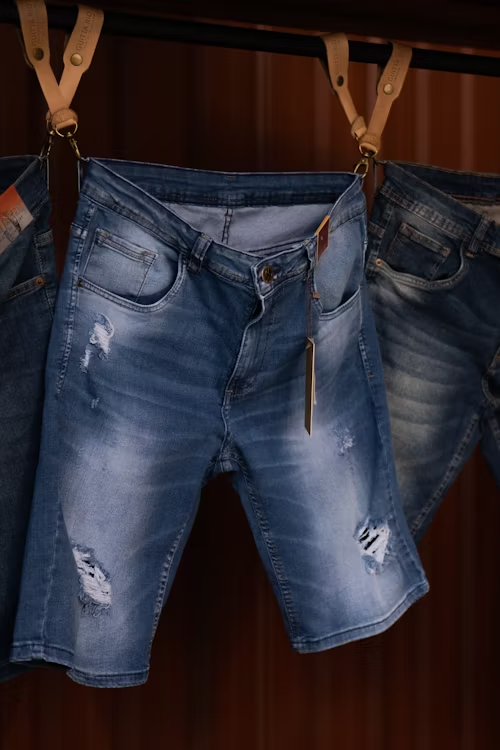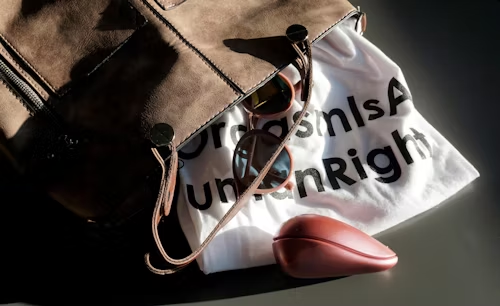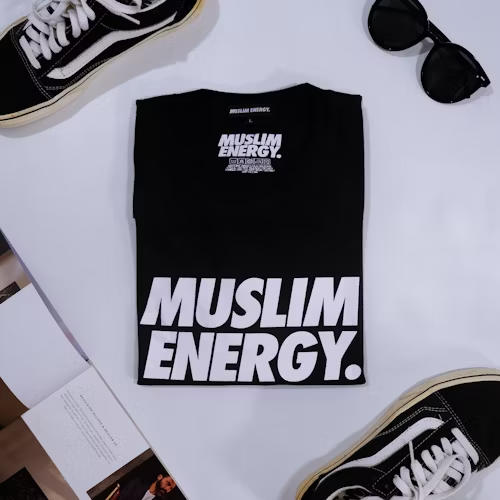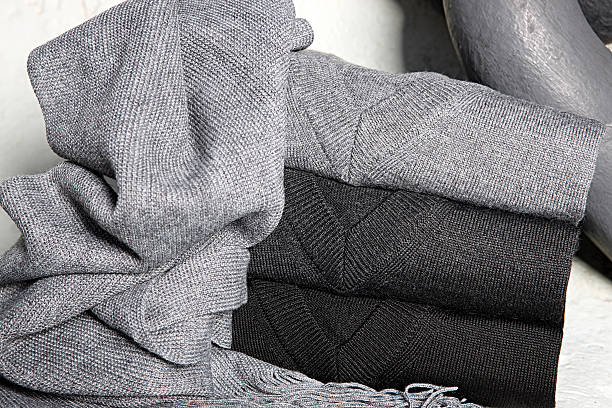Want to create unique custom hoodies for your fashion brand? Combining embroidery and printing on your designs offers a stylish and durable solution. This guide will help you understand how to effectively combine both techniques for a premium look that stands out.
How to Combine Embroidery and Printing on Custom Hoodie
1. Choose the Right Combination
- Embroidery on top of print: Start with printing your design (such as a logo or graphic) and then add embroidery on top. This combination gives your design texture and depth. The print will cover the larger areas, while the embroidery can add finer details such as text or logos.
- Printing as a background: Print large, vibrant designs across the hoodie, then add embroidery on top for small, delicate details. This way, the print serves as the base and the embroidery adds highlights, ensuring a balanced and sophisticated design.
2. Select Compatible Techniques
- Screen Printing and Embroidery: Screen printing is excellent for large, colorful designs, while embroidery adds texture and detail. Combining both allows you to use the strengths of each technique, with print handling the design’s large areas and embroidery focusing on fine details.
- Heat Transfer and Embroidery: Heat transfer printing can be used for vivid, complex designs, and embroidery works well for logos or text. This combo provides an eye-catching look with the added benefit of durability.
3. Preparing the Hoodie
- Stabilizers for embroidery: To prevent the fabric from puckering and ensure neat stitching, use a stabilizer when embroidering over a printed design. This is especially important when working with thicker materials or intricate designs.
- Test different placements: Before moving to the final production stage, it’s important to test how the print and embroidery will align on the hoodie. Make sure the embroidery complements the print and doesn’t overwhelm it.
4. Design Considerations
- Balance and Contrast: Make sure the embroidery and print contrast well with each other. They should complement each other rather than clash. Use contrasting thread colors for the embroidery to ensure the details stand out against the printed design.
- Thread Colors: Choose embroidery thread colors that contrast well with your printed design. This will ensure that the embroidery remains visible and doesn’t get lost within the print.
5. Production Process
- Order of operations: It’s important to print your design first and allow it to fully dry before you begin embroidery. Printing first ensures the ink won’t smudge during embroidery, and it gives the fabric time to settle into its final form.
- Efficient workflow: To avoid delays, set up your production line so that printing and embroidery are completed in a smooth, coordinated process. You’ll want to ensure that there’s no overlap or unnecessary wait time between processes.
Advantages of Combining Both Technique
- Enhanced Design: The combination of embroidery and printing adds texture and dimension to your custom hoodie designs. This multi-layered approach helps make your product stand out in a competitive market.
- Durability: Both embroidery and screen printing are highly durable techniques. Combining the two ensures your design won’t fade, peel, or wear down over time, making it perfect for high-quality, long-lasting custom hoodies.
- Premium Look: The combination of embroidery and print provides a premium, professional finish that elevates any design. It’s an effective way to achieve a high-end look for your brand, attracting customers who appreciate both style and quality.
Conclusion
Combining embroidery and printing on custom hoodies is a great way to create unique, high-quality products for your fashion brand. By understanding how to effectively use both techniques, you can achieve designs that stand out and last. With careful planning and attention to detail, you’ll be able to produce hoodies that your customers will love.
